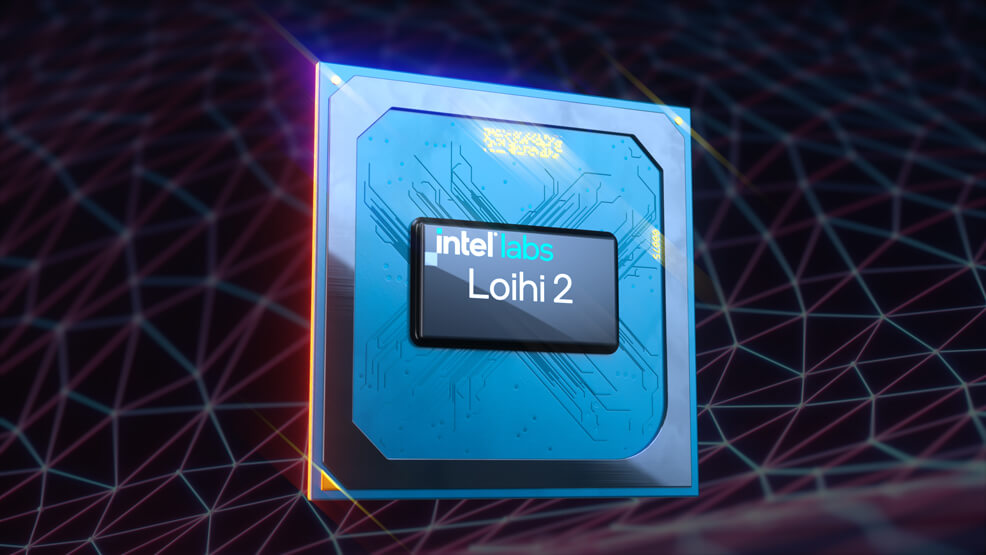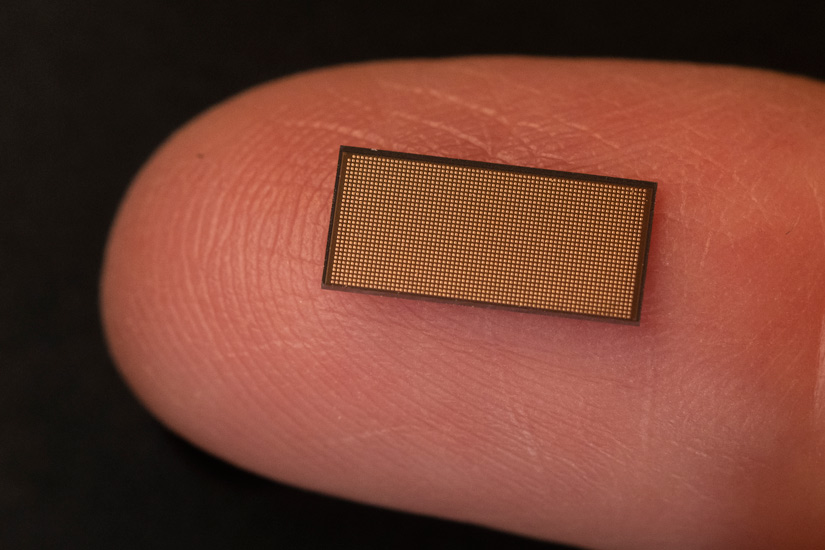
8th October 2021 Intel launches 2nd generation neuromorphic chip Intel has introduced Loihi 2, its second-generation neuromorphic research chip, featuring eight times the computational neurons compared to the earlier Loihi 1.
Neuromorphic computing is the use of electronic analogue circuits to mimic neurological architectures present in the brain and nervous system. In contrast to digital electronics – where the signals are usually binary (fixed as either "0" or "1") – analogue circuits work with a continuously variable signal. This can provide a tool for scientists to understand the dynamic processes of learning, thinking, and development in the brain. It also enables much greater energy efficiency, speed, and robustness against local failures. In essence, neuromorphic computers function more like biological brains than traditional computers – and with more and more transistors being packed together onto these chips, the potential for machine consciousness to emerge has been discussed among scholars. Intel's latest neuromorphic chip, the second-generation Loihi 2, is based on feedback and insights from the Loihi 1, which debuted back in 2017. It contains a million artificial spiking neurons, about eight times that of its predecessor. For a nice visualisation of what a million active neurons look like, see our blog on the new "light beads" microscopy technique that we posted just yesterday.
Loihi 2 is also much more compact, achieving a nearly 50% size reduction. The die area is just 31 mm², compared with 60 mm² for Loihi 1. The neuron state allocation had been fixed at 24 bytes per neuron for the Loihi 1. This is now variable from 0 to 4,096 per neuron for the Loihi 2. The 14 nanometre (nm) process of Loihi 1 has been shrunk down to 7 nm for Loihi 2. Other new features include shared synapses for convolution, and 3D tile-able chip arrays, as well as seamless integration with real-world robotics systems, conventional processors, and novel sensors. Overall, the chip's improved architecture can support new classes of neuro-inspired algorithms and applications, while providing up to 10 times faster processing, up to 15 times greater resource density and better energy efficiency. The use of extreme ultraviolet (EUV) lithography has simplified the layout design rules compared to past process technologies, which made it possible to develop Loihi 2 more rapidly than Loihi 1. "We have been using the Loihi neuromorphic platform to investigate the trade-offs between quantum and neuromorphic computing, as well as implementing learning processes on-chip," said Dr. Gerd Kunde, staff scientist at Los Alamos National Laboratory. "This research has shown some exciting equivalences between spiking neural networks and quantum annealing approaches for solving hard optimisation problems. We also demonstrated that the back-propagation algorithm – a foundational building block for training neural networks and previously believed not to be implementable on neuromorphic architectures – can be realised efficiently on Loihi. Our team is excited to continue this research with the second generation Loihi 2 chip." In addition to Loihi 2, Intel has announced a new software framework, called Lava. This addresses the need for a common software framework in the neuromorphic research community. It will allow scientists and application developers to build on each other's progress and share a common set of tools, methods, and libraries. It runs seamlessly across conventional and neuromorphic processors, enabling cross-platform compatibility with different AI, neuromorphic and robotics frameworks.
Comments »
If you enjoyed this article, please consider sharing it:
|








